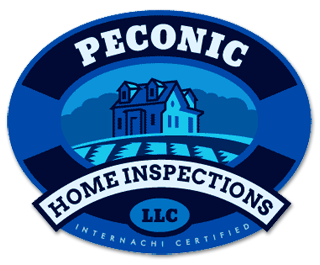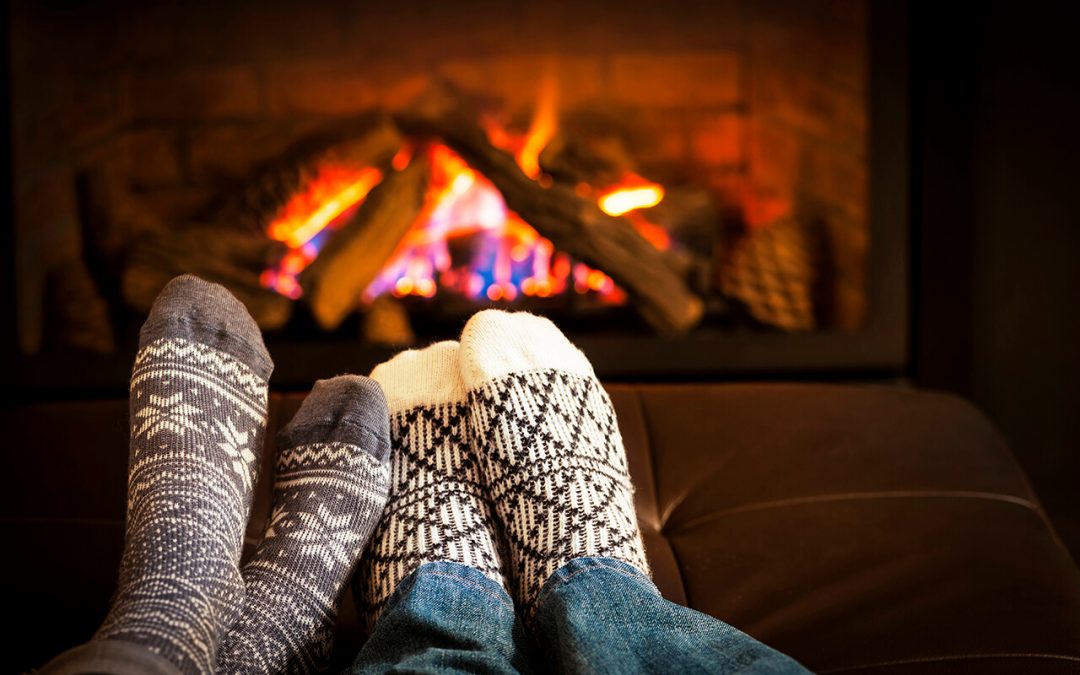Keeping Your Home Safe While Using a Fireplace
There are common-sense safety protocols that every homeowner should adhere to when using a fireplace. The following fireplace safety tips allow you to comfortably enjoy it without risking damage to your home or possessions.
Schedule Annual Cleaning for Fireplace Safety
Creosote is a byproduct of burning wood, and the risk of a chimney fire increases when too much of it builds up. Cleaning removes creosote, reducing the chance of a chimney fire occurring. If fire extinguishers are part of your fireplace safety plan, check that they are not expired and replace them if needed.
Keep Fire From Spreading
Pay attention to fireplace safety both inside and outside of your home. Stray embers can land on items indoors or float out the chimney and start a fire.
Check the area around your hearth and chimney. Remove any flammable items from the fireplace entrance, and move rugs, blankets, and upholstered furniture at least three feet away. There shouldn’t be any vegetation or tree branches within 10 feet of the opening of the chimney.
Install a Chimney Cap
A chimney cap is a necessary safety device that should be installed on every chimney. It attaches to your chimney’s flue to prevent leaves, debris, and animals from entering the chimney. The mesh and solid top panel also catch embers while still allowing smoke to exit the chimney.
Certain chimney caps will also prevent gusts of air blowing down into the flue, creating a backdraft. Make sure that the model you choose directs wind away from the flue.
A chimney cap needs to be accurately measured and properly installed. The protection and safety benefits it provides make it a key part of fireplace safety.
Dispose of Ashes Properly for Fireplace Safety
Keep fireplace doors or screens closed once your fire goes out to give the ashes time to cool down. After three days, the ashes should be cool enough to remove. Use a metal scoop to remove and dispose of the ashes.
Only Burn Seasoned Wood
Unseasoned wood contains moisture, making it an inefficient heat source that produces a lot of smoke. Even if you’re using your fireplace for atmosphere rather than heat, you should still only burn wood that has been appropriately seasoned for at least 6 months.
Burning unseasoned wood produces high levels of creosote. If you burn unseasoned wood, you’ll need to clean your fireplace more often.
Peconic Home Inspections offers home inspection services to Long Island. Contact us to request an appointment.

